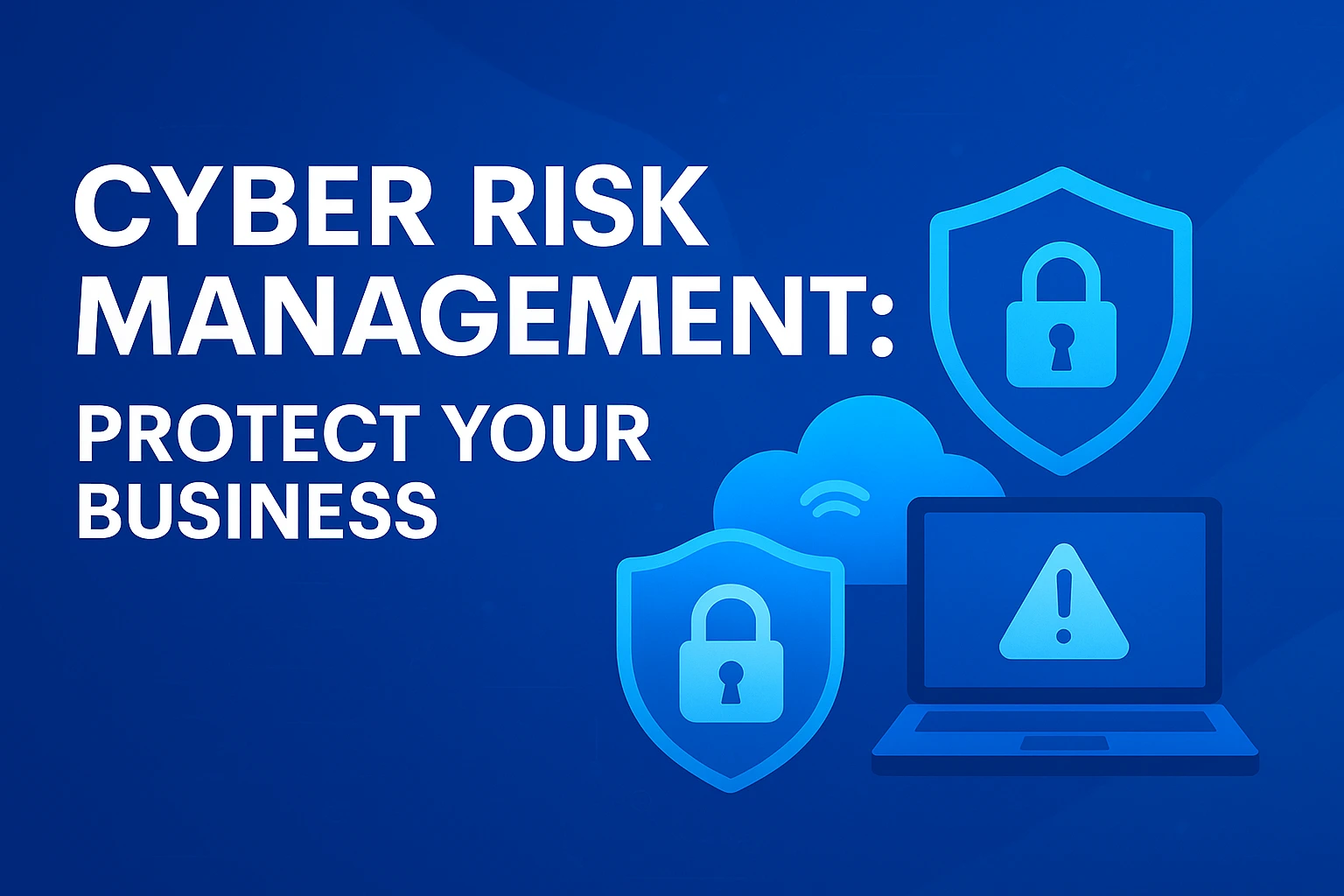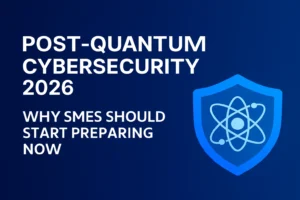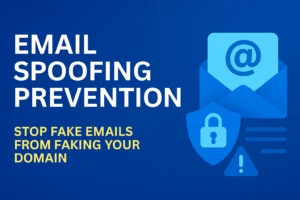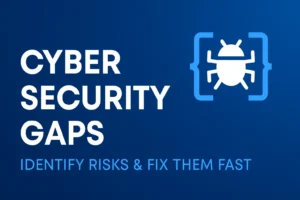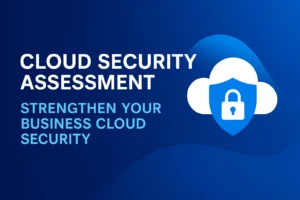What this guide will do for you
If you run a business today, cyber risks are business risks. This guide to cyber risk management gives you a practical, commercial playbook: how to identify your highest-impact cyber risks, assess and prioritise them, build a defensible security risk management plan, and use managed IT services to reduce exposure and operational friction. You’ll learn a step-by-step assessment method, the frameworks to lean on (NIST and ISO), what a sensible remediation roadmap looks like, and how a managed provider like Code Hyper can help you operationalise controls and monitoring. By the end, you’ll be able to brief your board, procurement team, or IT lead with confidence.
Why cyber risk management is a board-level issue now
Cyber incidents aren’t just IT headaches — they interrupt revenue, damage reputation, and can create regulatory liability. Australian businesses saw a measurable increase in incidents and targeted campaigns in recent years; local threat reporting and industry analysis highlight higher ransomware, business email compromise (BEC), and supply-chain risks that disproportionately affect small and mid-sized organisations. Effective cyber risk management reduces the probability of a costly incident and shortens recovery time when one happens. (Code Hyper One)
Key definitions (so we all speak the same language)
- Cyber risk management: A repeatable process to identify, analyse, evaluate, and treat cyber risks in line with business objectives.
- Cyber risk assessment / cyber security risk assessment: The evidence-based activity that identifies threats, vulnerabilities, and the likelihood/impact of loss.
- Security risk management plan: The documented set of controls, owners, timeline, and metrics used to reduce risk to an acceptable level.
These terms overlap, but the sequence matters: assessment → prioritisation → treatment → monitoring.
Core frameworks you can rely on
There’s no single “right” framework — there are pragmatic choices. Three widely adopted references are:
- NIST SP 800-30 (Risk Assessment guidance): a practical methodology for identifying and analysing cyber risks. Use it to structure your assessments and reporting. (NIST Computer Security Resource Center)
- ISO 31000 / ISO 27001: ISO 31000 gives enterprise risk principles; ISO 27001 is the information security management standard you can certify to. (ISO)
- Australian guidance (ACSC / ISM): Australian government guidance and the Information Security Manual provide local regulatory context and controls recommendations. (Cyber.gov.au)
If you prefer an action-first route, use the NIST risk assessment process for technical assessment and map outcomes to ISO/AS governance requirements for board reporting.
A concise 6-step cyber risk management process (practical)
Below is a compact, repeatable process that works for SMEs through mid-market organisations:
- Scope & asset inventory — identify critical assets (data, systems, identities) and owners.
- Threat & vulnerability identification — map likely attackers, attack vectors, and current technical weaknesses.
- Risk analysis — estimate likelihood and business impact for each risk (quantitative where possible).
- Risk evaluation & prioritisation — score risks and decide which require immediate treatment, acceptance, or transfer (insurance).
- Treatment & control design — select cost-effective controls (technical, process, training) and assign owners and deadlines.
- Continuous monitoring & review — measure control effectiveness, patch, test, and update the plan.
Where stakeholders balk at time or cost, focus first on the controls that materially reduce the highest-impact scenarios (ransomware, data exfiltration, credential compromise).
One comparison table — common risk assessment approaches
Approach | Best for | Strength | Typical output |
NIST SP 800-30 (detailed assessment) | Organisations wanting rigorous technical assessments | Structured, repeatable methodology for threat/vulnerability analysis | Risk register with likelihood/impact scores and control suggestions. (NIST Computer Security Resource Center) |
ISO 31000 / ISO 27001 (governance + certifiable) | Organisations needing formal governance and certification | Enterprise risk alignment and continual improvement | Security risk management plan & policies mapped to control sets. (ISO) |
ACSC Essential Eight / ISM (control baseline) | Australian organisations seeking practical, prescriptive defences | Prioritised quick-win controls for resilience | Implementation roadmap for essential mitigations. (Cyber.gov.au) |
How to run a practical cyber risk assessment (templates you can reuse)
A high-value, low-friction assessment should deliver board-ready outputs within 4–8 weeks for typical SMBs. Follow this template:
- Week 0 — Prep & scoping: identify critical services, stakeholders, and data flows.
- Week 1 — Discovery: scan networks, enumerate identities, review cloud configurations, and inventory SaaS apps. Use automated tooling for speed (RMM, EDR, cloud posture tools). (Code Hyper One)
- Week 2 — Threat mapping & gap analysis: map likely attacker tactics (e.g., phishing → credential theft → lateral movement) and list control gaps. Use MITRE ATT&CK for a common taxonomy. (Code Hyper One)
- Week 3 — Risk scoring: assign likelihood and impact bands (High/Medium/Low) and calculate a heatmap. Prefer a simple scoring matrix for stakeholder clarity.
- Week 4 — Remediation plan: produce a security risk management plan with owners, deadline, cost estimate, and KPIs (e.g., MFA coverage %, patching SLA, backup RTO).
- Ongoing — Monitor & test: SOC/RMM continuous monitoring, quarterly tabletop exercises, and annual reassessments. Consider a managed SOC for 24/7 detection. (Code Hyper One)
If you lack internal capacity, engage a managed cybersecurity provider to run the assessment and hand over the risk register and remediation roadmap. See Code Hyper One’s managed cybersecurity services for practical options. (Code Hyper One)
Designing a security risk management plan that gets approved
Boards and owners fund what they understand. A useful plan includes:
- Executive summary: top 5 risks and the financial/operational impact if not treated.
- Risk register excerpt: top 10 ranked risks with likelihood, impact, proposed controls, and owners.
- Roadmap & budget: short (90 days), medium (6 months), long (12+ months) milestones and expected budget lines.
- Success metrics: measurable KPIs (MFA coverage, patch cadence, % of critical systems with EDR, backup RTOs).
- Incident response readiness: runbooks, escalation matrices, and a tested communications plan.
- Compliance mapping: how the plan meets ISO/NIST/ACSC or sectoral obligations.
A short, quantifiable executive summary will get you approval faster than a long technical appendix.
Practical controls that materially reduce risk (order matters)
Not all controls produce equal risk reduction. For most businesses, the thetop-prioritizedd controls are:
- Multi-factor authentication (MFA) on all admin and remote access. High impact, low operational cost. (Code Hyper One)
- Endpoint Detection & Response (EDR) + timely patching. Reduces dwell time and limits lateral movement. (Code Hyper One)
- Backups with verified restores and immutable versions. Critical for ransomware recovery. (Code Hyper One)
- Email protections and phishing simulations. Humans are the primary attack vector; train and test them. (Code Hyper One)
- Network segmentation, least privilege, and secure remote access. Limits the blast radius of an intrusion.
Implement these first, then invest in more advanced controls (IDS/IPS tuning, threat hunting, SSO hardening).
The role of managed IT and MDR / SOC services
A mature risk management program needs continuous monitoring and a fast response. Managed services provide:
- 24/7 monitoring and incident response: Managed Detection & Response (MDR) or SOC teams detect and contain incidents faster than an ad-hoc internal team. (Code Hyper One)
- Operational tooling & automation: RMM, EDR, SIEM, and automated playbooks for alerts and containment. (Code Hyper One)
- Regulatory and compliance support: mapping controls to standards (NIST/ISO/ACSC) and preparation for audits. (Code Hyper One)
If you want to operationalise the plan without adding full-time hires, managed cybersecurity services are the practical alternative. Explore Code Hyper One’s managed cybersecurity services to see how assessments move into ongoing MDR and SOC capabilities. (Code Hyper One)
Typical cost considerations and ROI
Cost components for an effective program:
- Assessment & planning: one-time professional fees.
- Licensing & tooling: EDR, SIEM/MDR, MFA, backup, and vulnerability scanning.
- Managed services: SOC/MDR subscription, RMM, and help-desk.
- Remediation: hardware refresh, network upgrades, and staff training.
Estimate ROI by modelling avoided incident cost (downtime, incident response, regulatory fines, reputational loss) against the annual programme cost. For most SMEs, an incremental spend on EDR + MDR + backups dramatically reduces expected loss exposure.
Common pitfalls (and how to avoid them)
- Treating cybersecurity as a one-off project. Mitigation requires continuous monitoring and review.
- Over-engineering controls without clear priorities. Start with high-impact, low-cost mitigations.
- Ignoring identity & access management. Most breaches start with stolen or misconfigured credentials.
- Underestimating recovery testing. Backups that aren’t tested are false security.
Prevent these by adopting a documented risk management cadence (assess → treat → test → report) and using managed services to close operational gaps.
Implementation roadmap: 90 / 180 / 365-day plan
0–90 days (stabilise): scope, run a rapid cyber risk assessment, enable MFA, deploy EDR, verify backups, and start phishing simulations.
90–180 days (harden): patching programme, network segmentation, incident response tabletop, and SOC onboarding or triage rules.
180–365 days (mature): integrate SIEM use cases, continuous threat hunting, policy & governance alignment (ISO/NIST mapping), and annual tabletop exercises.
If you’d like a tailored version of this roadmap for your environment, Code Hyper One’s IT consultancy team can run a free scoping call and produce a costed plan. (Code Hyper One)
Conclusion: manage risk like a business decision, not a security checklist
Good cyber risk management converts unknowns into measured decisions. Use a framework (NIST for assessment, ISO for governance), prioritise high-impact controls (MFA, EDR, backups), and convert findings into a security risk management plan with owners, budgets, and KPIs. Where continuous monitoring or rapid incident response matters, a managed SOC/MDR and RMM approach provides the operational muscle many organisations lack internally. This is how you move from reactive firefighting to resilient, predictable cybersecurity that supports business growth. (NIST Computer Security Resource Center)
Frequently Asked Questions
What is the difference between a cyber risk assessment and a security risk management plan?
A cyber risk assessment identifies and scores risks (likelihood × impact). A security risk management plan is the documented set of controls, owners, timelines, and metrics used to reduce those risks. The assessment produces the inputs that the plan acts on.
Which framework should my business use for cybersecurity risk assessment?
For technical assessments, NIST SP 800-30 is practical and detailed. For governance and continual improvement, map assessment outcomes to ISO 31000/27001. For Australian operational controls, use ACSC/ISM guidance to prioritise quick wins. (NIST Computer Security Resource Center)
How often should I run a cyber risk assessment?
At a minimum, annually and after any material change (major cloud migration, M&A, regulatory change). For high-risk sectors, run quarterly light assessments and continuous monitoring via SOC/MDR.
Can a managed IT provider run my risk assessment and operate the SOC?
Yes — many managed providers run the full lifecycle: assessment, remediation, monitoring, and response. If you prefer managed services, look for providers that combine assessment expertise with 24/7 SOC capabilities and local support. See Code Hyper One’s managed cybersecurity services and SOC pages for details. (Code Hyper One)
What are measurable KPIs for a security risk management plan?
Useful KPIs include percentage of users with MFA, time-to-patch for critical vulnerabilities, EDR coverage %, mean time to detect (MTTD) and mean time to respond (MTTR), and restore success rate for backups.

